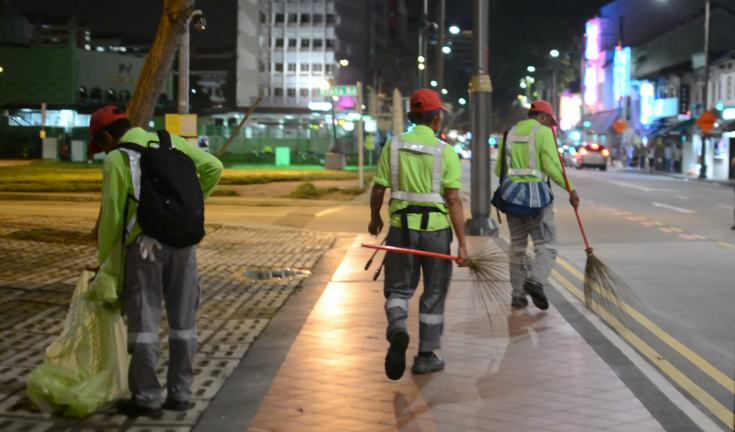While I am heartened that Second Minister for Education, Indranee Rajah, has finally admitted that there is inequality within our education system, I am disappointed that she has stopped short of revealing the breakdown of the socio-economic status of students admitted through the Direct School Admission scheme (DSA).
Declining to disclose the figures while admitting that there is inequality within the scheme could lead people to speculate that the situation is much worse that it actually is. Will further suspicion really further the government’s objective of coming across as trusted?
Indranee Rajah has said that the revisions to the DSA will close the gap between the wealthy and the poor in terms of school admissions. But will simply cutting the admission fee make such a big difference? She has identified that richer parents might have more access to information on the various options under the scheme in comparison to households who are more disadvantaged.
If the problem is due to a lack of knowledge, how will cutting the admission fee help? If you don’t know something, the fact that it is free will not enlighten you? How will the government spread the information to a wider base?
Secondly, it is important to note that the DSA had been criticised for years. Yet, nothing has been done till now. Is it therefore reasonable to conclude that it is at least in part due to the alternative media which gave critics a more open and accessible platform that finally forced the Ministry of Education (MOE) to sit up and confront the inequality within the scheme? In other words, would this acknowledgement by the MOE have come to past without the contribution made by the alternative media sites that the government seems so keen to control?
In view of this, we have to recognise the important contribution that the online media sites make to society. Does the fear of fake news outweigh the benefits brought on by a free alternative media landscape? The alternative media set up is leaner and more nimble. It is closer to the ground and is by and large more accessible to the general public.
As such, they are a valuable resource for the government and can act as a valuable interface between the government and ground sentiment. Perhaps, the online media sites can be utilised to help propagate the options under the DSA? Could it be that the mainstream media is too narrow and that engaging the online media sites might broaden the information base?
In the current government mood of tackling “fake news”, it is also prudent to also remember that not all alternative media sites are peddlers of half truths and the like. There too exist reliable alternative media sites whose objectives are to provide objective and non partisan news. These are sites that the government should engage with and not shun. They are a voice for accountability, providing the momentum for changes to happen.






